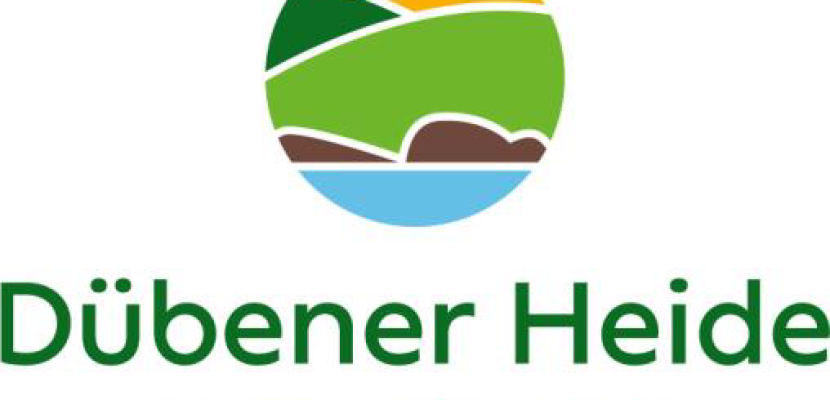
MaGIC Landscapes – Green Infrastructure in the nature park Dübener Heide

About this good practice
The Dübener Heide Nature Park is a large wood- and heathland area with unique flora and fauna. As a region without environmental protection status, it faces demographic changes and migration processes. There is also a lack of awareness, identification, and access to green infrastructure. Climate change presents further challenges, including increased drought, declining water levels in bogs, natural disasters, and heavy rainfall. While the park boasts a well-preserved and diverse green infrastructure, it is crucial to protect, expand, and secure it for future generations.
Through the evaluation of public benefits and consultations with local stakeholders, five key themes were identified for the strategy and action plan. First, engaging and informing residents about the benefits of GI and connecting people with nature. Second, enhancing the perception, value, and communication of GI in the region, addressed through a Communication Concept. A third theme focuses on improving access to and connectivity with existing GI. Other key areas include education for sustainable development and expanding GI elements. Finally, adapting to climate change is a major theme. Special attention is given to the cities and settlements in the Dübener Heide and their connections to surrounding core green infrastructure areas.
The implementation of the strategy and action plan is led by the nature park administration, in cooperation with the LEADER management offices of Saxony and Saxony-Anhalt.
Expert opinion
Resources needed
The implementation costs for a 5 year period was calculated with 3.9 million in 2021, including 500k for 1.5 project management positions with field expertise, 3 million for the installation of green infrastructure projects (parks, gardens etc.), 100k for communication and 200k for education.
Evidence of success
The Magical Landscapes Project was incorporated into the "Naturpark Pflege- und Entwicklungskonzept Dübener Heide 2030" (Maintenance and Development Concept 2030), the Saxon biodiversity concept 2030 (Programm Sachsens Biologische Vielfalt 2030 – Einfach machen!), and the district development concept (Kreisentwicklungskonzept) of Northern Saxony. It serves as a model of good practice for both European partnerships and regional implementation.
Potential for learning or transfer
The main lessons from the Dübener Heide project lie in three key areas: cooperation with local communities, the social media strategy, and a complex, cartography- based methodology.
Founded by locals to prevent coal mining, the Dübener Heide has strong community ties and a deep connection between people and nature. This model of fostering local ownership and bridging the divide between humans and the environment can be applied elsewhere. The social media strategy, targeting both locals and tourists, serves as a valuable example for other regions.
The project also used a three-step process to analyze green infrastructure (GI) needs. It began with a transnational cartographic survey, leading to detailed maps of the region. These maps helped assess connectivity and identify core areas. Local stakeholders met regularly to pinpoint opportunities and needs for public benefit. This complex methodology could be adapted to other regions, with potential adjustments based on local needs.
Further information
Good practice owner
You can contact the good practice owner below for more detailed information.
